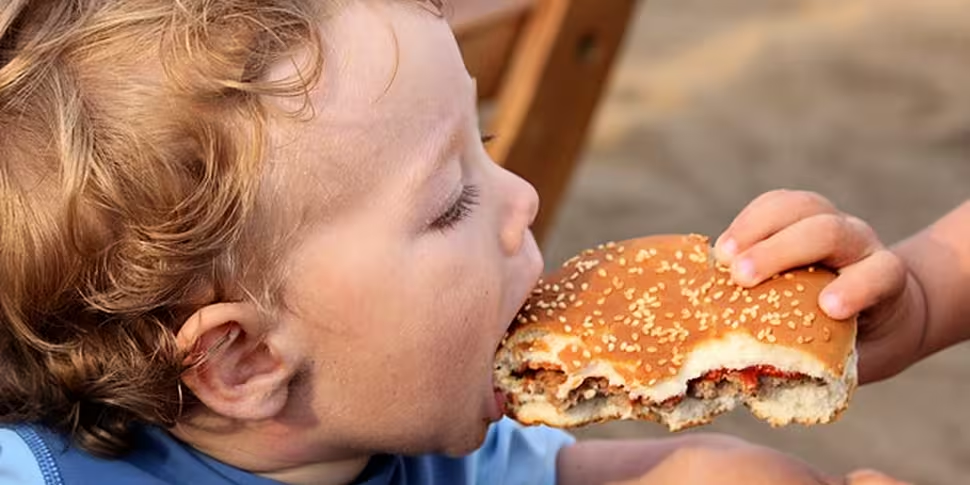While we may think of McDonald’s Happy Meal, seasoned to taste with a dash of ™, as having created the concept of the kids fast food menu, that culinary honour belongs to Burger Chef.
The small, regional hamburger chain was always a place of innovation, with brothers Frank and Donald Thomas always tinkering away at new concepts. First came a device that could freeze a thick sweet cream into a near solid, what we know today as the first patented soft-serve ice cream machine. Then came the flame-broiler in 1954, a gas-powered grill on which to cook the perfect hamburger – 2,000 of them per hour.
By 1972, the aggressive expansion of the chain saw its number of locations reach 1,200, surpassed only by McDonald’s 1,600 restaurants. A year later, and Burger Chef, spotting a gap in the market, introduced the Funburger and the Funmeal, the first fast food items targeted specifically at children. In brightly colour packaging, covered with cartoons telling the stories of the chain’s two mascots Burger Chef and his sidekick Jeff, with an on-brand supporting cast of Burgerini the magician, Count Fangburger the vampire, Burgerilla the talking ape, and Cackleburger the witch.

The Burger Chef Funmeal, which launched many imitations [Pinterest]
Including riddles, mazes, mini vinyls for Fisher Price record players, the Funmeal proved so popular that it encouraged McDonald’s to launch its own version in 1978, with the arrival of the Happy Meal. This is turn led to other fast food chains redefining their entire business model to understand that children are their most important customers. This is a huge, for want of a better word, problem.
The times - and attitudes - are a-changin'
The 21st century has not been kind to the kids menu, and for the best part of two decades, nutritionists have pored over and strongly criticised the value of what’s on offer in a vast number of fast food chains. A recent study by Harvard University researchers weighed up the nutritional value of children’s items at more than 4,000 items sold at 45 of the 100 biggest chains in the US between 2011 and 2015.
Despite an industry-wide pledge that nutrition on offer would get better, the scientists found sustained improvements in terms of total calories, sodium levels, fats or sugar, across all menu items from drinks to desserts. The study, published in the American Journal of Preventive Medicine this month, expresses major concerns that the fast food industrial complex – so pervasive that one in three American children eats fast food every day – may help explain the country’s failure to kerb childhood obesity rates.
After crunching the numbers on the masticating moppets, the survey found in 2015 that a child working his or her way through an average kids meal – made up of a drink, a main item, a side dish, and a dessert – would wind up consuming 1,007 calories on average, just under double the amount recommended per meal for a child aged four to eight-years-old. To add insult to injury, of the 15 fast food chains that had voluntarily signed up for a US National Restaurant Association programme designed to specifically clean up children’s menus, the same meal added up to an average 1,034 calories.
Holding fast food to task
That project, called the Kids LiveWell programme, was designed to encourage chains to increase the number of healthier choices made available on kinds menus, like yoghurt in place of ice cream, or salad for fries. But despite some high-profile changes, like McDonald’s taking soft drinks away as the default drink, the study found that across the board, 80% of beverages were still full of sugar, with soft drinks merely replaced by flavoured milk, fruit juices, or sports drinks.
The caveat to bear in mind when it comes to this study is that it is somewhat academic, and doesn’t take account of the items parents are actually ordering for their children. But as the study authors make clear, fast food chains need to be convinced to dramatically overhaul their menus, making the healthier options the industry-wide standard.









